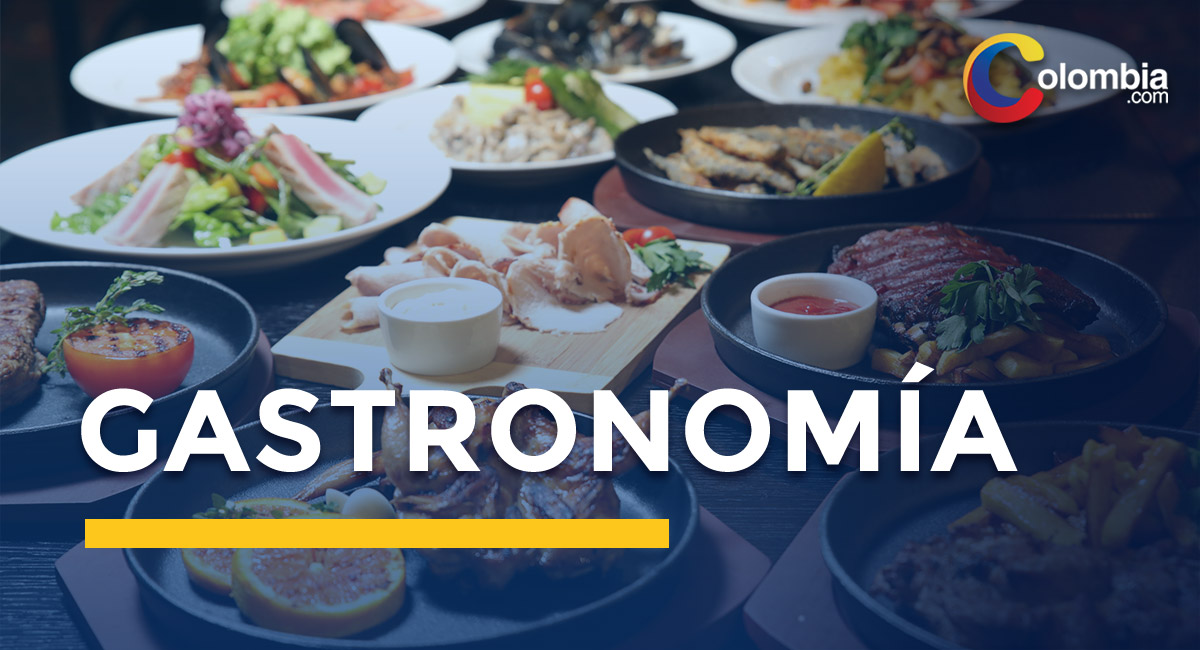Frutas exóticas que todo extranjero debe probar al visitar Colombia
Colombia tiene todo tipo de alimentos que solo se producen en el país y por los cuales nos debemos sentir orgullosos.

Colombia tiene todo tipo de alimentos que solo se producen en el país y por los cuales nos debemos sentir orgullosos.
Colombia gracias a sus a su diversidad de climas y sus terrenos tiene la capacidad de producir todo tipo de frutas durante todo el año, lo que no ocurre en Estados Unidos o Europa, por sus estaciones climáticas; pero además los colombianos tenemos la dicha de probar frutas exóticas que no en todo el mundo se da.
Aquí algunas frutas que todo extranjero debe probar cuando visita Colombia:
Lulo: Solo se le puede encontrar en noroeste de América del Sur. Es ácida y es utilizada para hacer jugos.
Feijoa: Tiene corteza de color gris pálido, áspera o algo escamosa
Zapote negro: Una fruta propia de Colombia con sabor dulce
Borojó: Es considerado una fruta afrodisiaca
Tomate de árbol: Es una fruta ácida pero que resulta muy bien en jugos y otras preparaciones
Colombia.com